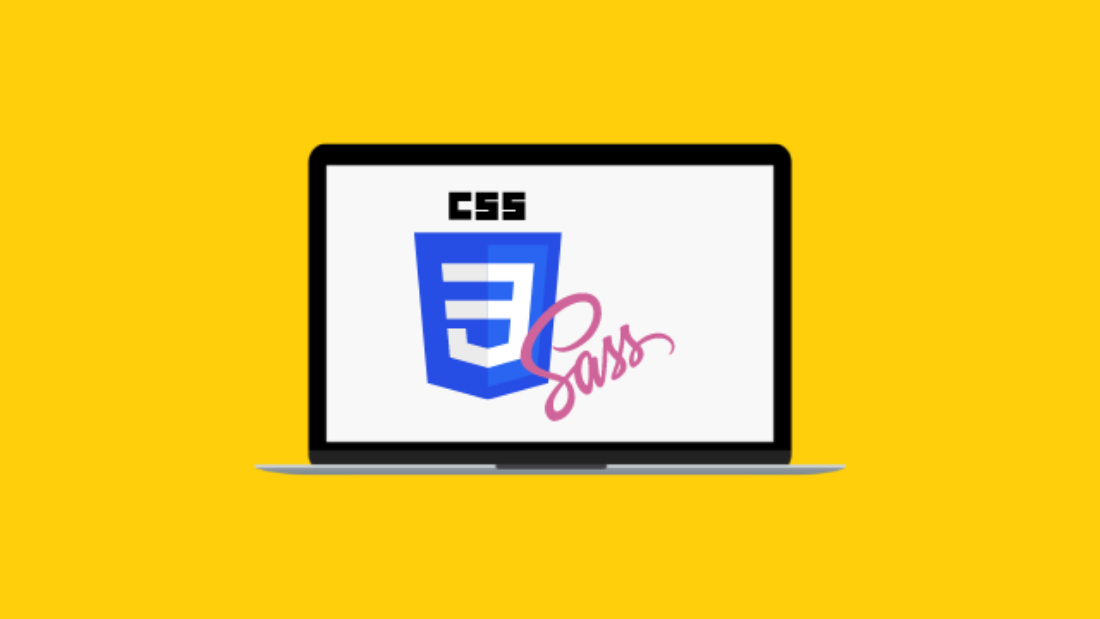In this blog post, we will discuss what Sass is, how to install it, and how to use it in your web development projects. We will also provide some examples of Sass and SCSS code, so you can see how it works in practice.
What is Sass?
As mentioned earlier, Sass is a preprocessor scripting language that is used to write CSS in a more efficient and organized way. Sass is a style sheet language that is interpreted into Cascading Style Sheets (CSS). Sass code is saved as .scss files and is then compiled into CSS, which can be included in your HTML code.
Sass provides several features that are not available in traditional CSS, including:
- Variables: Sass allows you to define variables that can be reused throughout your stylesheets. This makes it easy to change a color or font throughout your entire website by simply updating the variable.
- Nesting: Sass allows you to nest selectors inside other selectors, which makes it easier to read and organize your stylesheets.
- Mixins: Mixins are reusable blocks of code that can be included in other styles. This makes it easy to create common styles, such as button styles or typography styles, and use them throughout your website.
- Functions: Sass includes built-in functions that can be used to manipulate colors, perform calculations, and more.
- Inheritance: Sass allows you to create classes that inherit properties from other classes. This makes it easy to create variations on existing styles without duplicating code.
How to Install Sass
To use Sass, you will need to install it on your computer. There are several ways to install Sass, depending on your operating system and development environment. Here are the general steps for installing Sass on a Windows computer using the command line:
- Open the Command Prompt by pressing the Windows key + R and typing “cmd” in the Run dialog box.
- Navigate to your desired directory by typing “cd [directory path]” in the Command Prompt. For example, if you want to install Sass in the Documents folder, type “cd Documents”.
- Install Sass by typing “
npm install -g sass” in the Command Prompt. This will install Sass globally on your computer. - Verify that Sass is installed by typing “
sass --version” in the Command Prompt. This should display the version number of Sass that you just installed.
How to Use Sass
Now that you have SCSS installed, you can start using it in your web development projects. Here are the general steps for using SCSS:
- Create a new SCSS file in your project directory. You can name this file whatever you like, but it is common to name it “style.scss”.
- Add your SCSS code to the file. You can use any of the features of SCSS, such as variables, nesting, mixins, and functions.
Here’s an example of some SCSS code that uses variables and nesting:
$primary-color: #4286f4;
body {
background-color: #f0f0f0;
font-family: Arial, sans-serif;
color: $primary-color;
h1 {
font-size: 2em;
font-weight: bold;
color: darken($primary-color, 10%);
}
p {
font-size: 1em;
line-height: 1.5em;
}
}
In this code, we define a variable $primary-color and use it in the body and h1 selectors. We also nest the h1 and p selectors inside the body selector to make the code more organized.
- Compile the SCSS file into a CSS file using the SCSS compiler. You can do this by typing the following command:
sass style.scss style.css
This will compile thestyle.scssfile into astyle.cssfile. You can then link thestyle.cssfile in your HTML code using the<link>tag.<link rel="stylesheet" href="style.css">
Conclusion
SCSS is a powerful tool that allows you to write CSS code in a more organized and efficient way. With features like variables, nesting, mixins, and functions, SCSS can help you save time and write better code. By following the steps outlined in this article, you can easily install and use SCSS in your web development projects.
